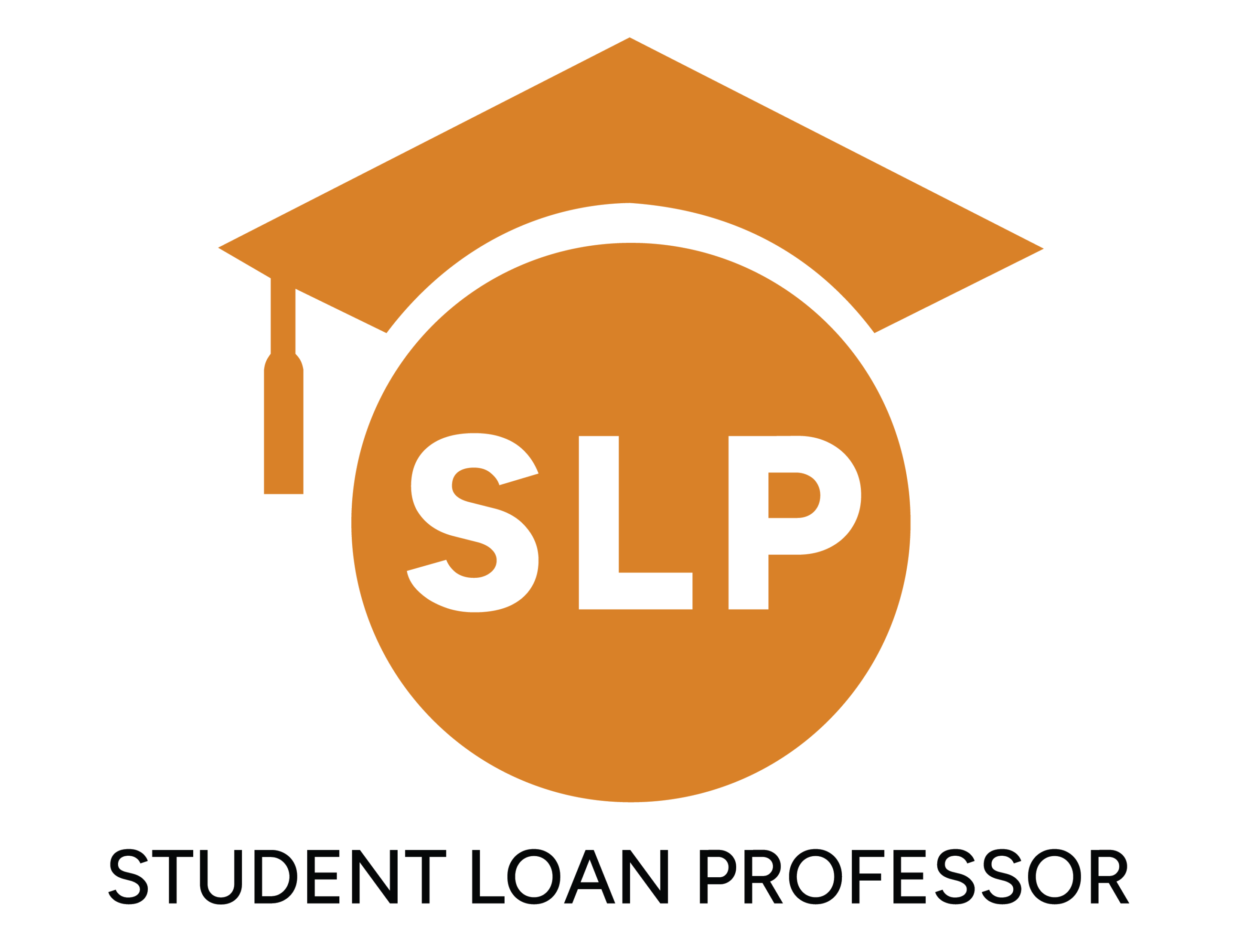The Revised Pay As You Earn Program (REPAYE)
To REPAYE or not to REPAYE; That is the Question.
Updated September, 2017
An Analysis of the REPAYE Program
Greetings to all within the DWOQ network, and thanks for tuning into another critical update on this complex and evolving student loan marketplace…

I wanted to take an opportunity to discuss a few RE’s REgarding current medical students or graduates now in training… namely, the REality that loan REpayment has REcently become moRE complex with REPAYE now available. This development may give REason for you to REevaluate your current strategy. As the title of this entry warrants, I’ll do my best to articulate as well as ShakespeaRE himself… though if you’RE checking for iambic pentameter, you’ll likely be disappointed…
What Loans are NOT Eligible for PAYE
- Private banks/lenders
- Institutional
- Relocation
- Primary Care
Can I switch from IBR to PAYE or REPAYE? Yes. Here are some considerations:
- The conversion will requires at least a “reduced payment” forbearance for one month
- Capitalization will occur at the end of your grace period or upon changing your repayment plan
- If a borrower anticipates a high-income household in the future, you can move back to IBR/PAYE to keep payments low (subject to future availability!)
- If you are in IBR or PAYE and have been counting down the clock for 25 or 20 year loan forgiveness, your previous payments will count towards taxable loan forgiveness in REPAYE. Due to the rapidly evolving legislative environment, it is uncertain which programs, if any, will be available in future years to switch into, so you’ll want to run a cost analysis of each program based on projected income before making this decision.
We at DWOQ understand that this evolving student loan marketplace often necessitates that busy medical trainees seek an Advisor to assist with the repayment process during training and as they transition to practice. The decisions you make today regarding your loans could no longer be relevant one, two, or more years down the road as your economic profile and legislation changes. Our advisory service is designed to work with you each year to make certain you’re maximizing your savings and allowing yourself access to your modest training income to get a head start on buying a home, saving for retirement, and starting a family. We work with you annually to run many scenarios and determine the best action plan year-to-year, as well as assist with developing a budget. To learn more about our advisory services or register for a consultation, please visit: https://slplive.wpengine.com/service/consultations/
Lastly… as I’ve referenced in a few instances above, there are many cases where refinancing your federal student loans may make sense during training and even as a 2016 medical school graduate. If you’d like assistance with identifying the suitability of refinancing, assistance in selecting a lending partner, and general support throughout the process, you can register for FREE at https://slplive.wpengine.com/service/refinancing/
I hope you found this summary helpful. Let us know by dropping us a line anytime; we are here to serve as your advocate in an otherwise conflicted marketplace that currently underserves those who often need the most support and have little time to stay abreast of market changes.
Jason DiLorenzo
Founder & Executive Director
Doctors Without Quarters, LLC
In increasing numbers each year into 2016, medical graduates have been using either the IBR or PAYE programs throughout training. The benefits of using these programs outweigh the cost of not paying anything through forbearance because interest subsidies are available, interest doesn’t capitalize for trainees with significant debtloads, and for the 90%+ of Housestaff who work for non-profit hospitals, their loans can be forgiven tax-free if they remain in a non-profit or Public Service setting for a total of 10 years while using one of these income-driven repayment (IDR) plans.
If any of the above sounds unfamiliar to you, I highly suggest you stop reading here and register for a consultation from our Advisory team.
Assuming all of what I’ve shared above does REsonate with you (Ok I’ll stop now), graduates as of 2016 have a new IDR to choose from called Revised Pay As You Earn (REPAYE). Unlike IBR and PAYE where eligibility is based on when you took out your loans and your federal loan debt-to-income ratio, REPAYE has no eligibility criteria. If this program makes financial sense, you can enter into it. So the question for young doctors with student loan debt becomes, DOES THIS PROGRAM MAKE SENSE FOR ME? My belief is that for many of you, it does… so let’s discuss the pros and cons:
Pros
- 50% of accruing interest above the REPAYE payment will not be charged by government on Stafford, GradPLUS, and Federal Direct Consolidation Loans (EVEN THOSE WHICH ARE UNSUBSIDIZED). We have calculated that for many medical residents who use REPAYE over four years of training, this interest benefit can be worth over $28,000 and it’s available regardless of PSLF eligibility. Here’s a simplified version of how this benefit works:
- Previous payments made towards the 120 required for Public Service Loan Forgiveness (PSLF) count. This means if you’re currently in IBR or PAYE and you wish to switch to REPAYE, you can do so without compromising your progress towards physician loan forgiveness.
- Payments are prorated for married borrowers: If John owes 30% of the combined total eligible loan debt and Jane owes 70% of the combined total eligible loan debt, and the total required monthly payment is $500, John’s calculated payment amount would be $150 and Jane’s would be $350.
Cons
- Household income will be used regardless of how you file taxes. Those who have high income-earning spouses (who have little to no debt) will not benefit from REPAYE.
- 25 year taxable forgiveness for graduate students, not 20 years like with PAYE.
- There is no cap to payments in REPAYE. Both IBR and PAYE cap monthly payments at the 10-year standard amount, roughly $2500/month for those with $220k in federal debt.
Based on these cons, we can quickly eliminate borrowers for whom REPAYE does not make financial sense:
- Any borrower with a high income-earning, debt-free spouse (hey, it could be worse…)
- Doctors who are PAYE eligible and seeking 20-year, taxable loan forgiveness, but not PSLF
And those who SHOULD consider entering or switching into REPAYE:
- 2016 medical school graduates with over $75,000 of federal student loan debt
- Single interns, residents and fellows employed directly by a non-profit hospital and may be eligible for PSLF after training (likelihood varies by specialty)
- Married interns, residents and fellows whose spouses are in training and have high debt loads
- Single interns, residents and fellows in for-profit residencies who cannot afford a standard or extended repayment plan (at $250k in debt, these payments are roughly $2800 and $1800 respectively)
- Attending physicians currently employed directly by non-profit or public service entities
- Practicing doctors with for-profit organizations who are unable to refinance their loans with a private lender and cannot afford a standard or extended repayment plan
What Loans are Eligible for REPAYE?
- Direct Stafford (subsidized and unsubsidized)
- Direct GradPLUS
- Direct Federal Consolidation. Loans that can be consolidated to Direct include:
- Let’s say Dr. Feelgood has $250,000 of eligible federal student loan debt with an average interest rate of 7%. Over the course of a year, the interest that would accrue on this debt is $17,500 if no payments were made.
- She enters REPAYE in her first year of residency and her payment, based on 10% of her discretionary income, is set at $250/month. Over the course of a year, she pays $3000 ($250 x 12 payments).
- When we apply the payments to the accruing annual interest, total accruing interest would be reduced to $14,500 ($17,500 – $3000)
- In REPAYE, 50% of the accrued interest IS NOT CHARGED TO THE BORROWER (regardless of subsidized or unsubsidized status)
- Total accrued interest for the year is $7,250, a savings of $7,250
- The effective interest rate on their loans in this year would be 4.1%. This is equally if not more competitive than many private lenders are offering in the refinancing marketplace, and keeps the borrower eligible for PSLF
- It is important to note that for those who do enter for-profits after training, once your income rises and your REPAYE payments cover all accruing interest, your loan effective rate goes back to the original fixed amount (in the case here, 7%)
- Over four years, this amounts to savings of roughly $28,000 assuming a wage increase annually equal to the rate of inflation
Brandon Barfield is the President and Co-Founder of Student Loan Professor, and is nationally known as student loan expert for graduate health professions. Since 2011, Brandon has given hundreds of loan repayment presentations for schools, hospitals, and medical conferences across the country. With his diverse background in financial aid, financial planning and student loan advisory, Brandon has a broad understanding of the intricacies surrounding student loans, loan repayment strategies, and how they should be considered when graduates make other financial decisions.





